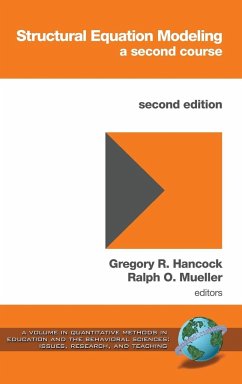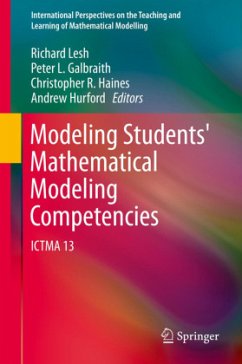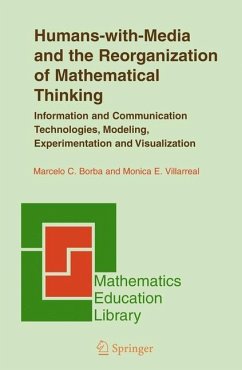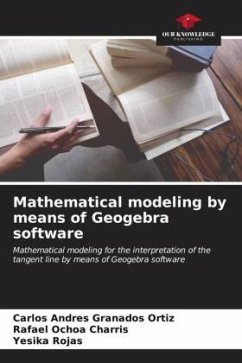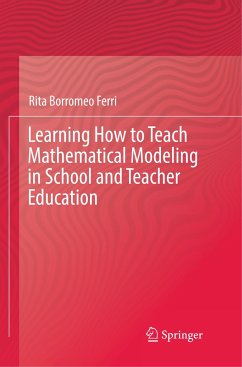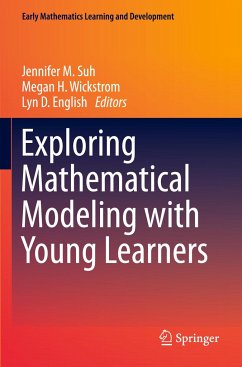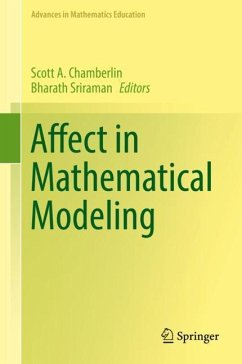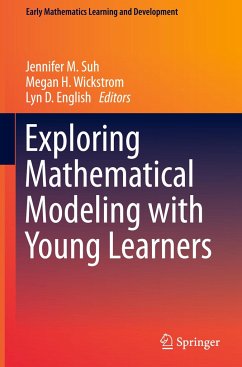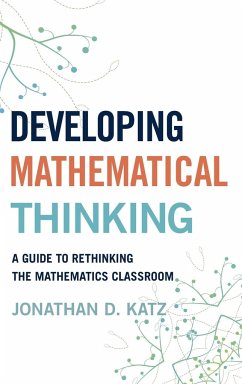
Modeling Mathematical Ideas
Developing Strategic Competence in Elementary and Middle School
Versandkostenfrei!
Versandfertig in 1-2 Wochen
56,99 €
inkl. MwSt.
Weitere Ausgaben:

PAYBACK Punkte
28 °P sammeln!
Modeling Mathematical Ideas will provide a guide for navigating through the mathematics learning progressions for number sense, computational fluency, algebraic thinking and proportional reasoning through meaningful conceptual tasks.






